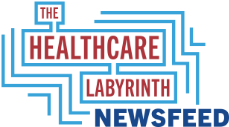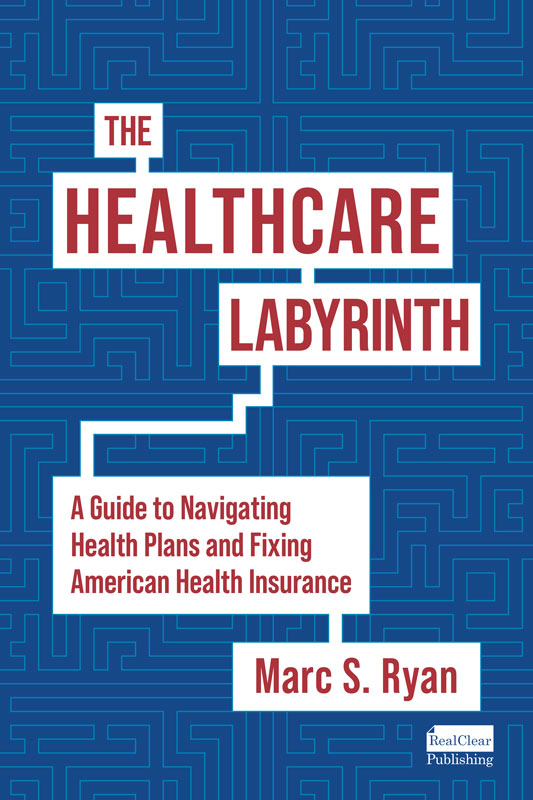Exchange Enrollment Fraud Examined
Conservatives in and out of government made a case that there was major fraud in Exchange enrollments, especially after subsidies became more generous. The Paragon Health Institute and other conservative healthcare policy outfits did a great deal of research and it does seem credible. The GOP Congress was convinced and made some major changes to eligibility and enrollment in the Exchanges in the budget reconciliation bill. Congress also did not act to extend more generous premium subsidies set to expire at the end of the year.
Now, the Centers for Medicare and Medicaid Services (CMS) has published data that continues to fuel the narrative of rampant broker fraud. Plans were sent data by CMS that found that 35% of enrollees did not have a claim in 2024. Before the pandemic, the data showed about 22% to 24% of enrollees did not have a claim. The phenomenon occurred much more so in the federal Exchanges than the state Exchanges.
The data may not be entirely accurate as they are based on risk adjustment submission files that may not control well for the same person who changes plans during the year. But they certainly give pause and point to something wrong. The Exchanges would not be the first government healthcare program with massive fraud and little to no ongoing approach to combat it.
In related news, a Kaiser Health News article published in Fierce Healthcare discusses the impact of the budget reconciliation healthcare cuts on states that did not expand Medicaid. These states will also see deep impacts given the likely expiration of the enhanced subsidies as well as the tougher eligibility rules in the budget bill and a related Trump rule.
Additional article: https://www.fiercehealthcare.com/regulatory/even-states-fought-obamacare-trumps-new-law-poses-health-consequences
#exchanges #fwa #budgetreconciliation
Hospitals Pull Back On Investments After Budget Bill Passage
Hospitals are putting major expansion projects on ice in light of the passage of the budget reconciliation bill that will dramatically reduce expected revenue to hospitals in the future. This is so due to limits on provider taxes used to generate state match for federal reimbursement, the phasedown of the allowable tax rate, and limits on state directed, supplemental payments tied to managed care lives that often are used to help better support hospitals. Additional revenue losses will occur from the uninsured rates going up due to other changes in Medicaid and the Exchanges.
I am not unsympathetic to the hospitals’ worries. I oppose the massive healthcare reductions and the impact they will have on the uninsured rate in the nation. But it is hard not to conclude that some reform of provider taxes and state directed payments was needed. Many hospitals in Medicaid are paid generously, perhaps too much so. It seems clear that many states abuse the use of provider taxes and state directed payments. State directed payments will now be capped at 100% of Medicare rates in Medicaid expansion states and 110% in non-expansion states, while gradually cutting existing payments above those levels starting in 2028. It is hard to argue such payments should be much higher than Medicare. The payments are also problematic because such payments and other government policies discourage true efficiency at hospitals.
#statedirectedpayments #providertaxes #medicaid
— Marc S. Ryan





